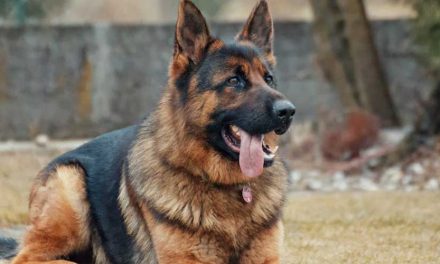Elbow pain is a common issue seen in many dogs, particularly in certain breeds that are predisposed to joint problems.
This condition can significantly affect a dog’s quality of life, making it crucial for pet owners to recognize the signs and seek timely treatment.
In this article, we will explore the causes, symptoms, and management of elbow pain in specific dog breeds.
Common Breeds Affected
Certain breeds are more susceptible to elbow problems, including:
German Shepherds:
Known for their intelligence and strength, German Shepherds are prone to elbow dysplasia, a genetic condition that results in improper joint formation.
Golden Retrievers:
These friendly and active dogs are also prone to elbow dysplasia and arthritis as they age.
Rottweilers:
Larger breeds like Rottweilers often experience elbow pain due to their size and weight, which put extra strain on their joints.
Labrador Retrievers:
Labs can suffer from developmental elbow issues, especially when not bred responsibly.
Boxers:
This breed can also be affected by elbow dysplasia, leading to pain and mobility issues as they grow older.
Causes of Elbow Pain
1. Elbow Dysplasia:
This is the most common cause of elbow pain in dogs and refers to a group of hereditary conditions that can lead to arthritis.
It occurs when the bones that form the elbow joint do not fit together perfectly.
2. Arthritis:
In older dogs, the wear and tear on their joints can lead to arthritis, causing inflammation, pain, and decreased mobility.
3. Injuries:
Acute injuries, such as fractures or ligament tears, can also result in elbow pain, particularly in active breeds that are prone to accidents.
4. Osteochondritis Dissecans (OCD):
This condition occurs when a layer of cartilage becomes damaged, often leading to joint pain and mobility issues.
Symptoms of Elbow Pain
Pet owners should watch for various symptoms indicating elbow pain, including:
- Limping or difficulty bearing weight on a front leg
- Swelling or heat around the elbow joint
- Reduced range of motion in the joint
- Reluctance to play, run, or climb stairs
- Behavioral changes, such as irritability due to pain
Management and Treatment
If you suspect your dog is experiencing elbow pain, it’s vital to consult with a veterinarian.
They may recommend several approaches depending on the severity of the condition:
1. Weight Management:
Keeping your dog at a healthy weight can help reduce stress on the joints.
2. Medication:
Anti-inflammatory medications or pain relievers may be prescribed to help manage pain and inflammation.
3. Physical Therapy:
A licensed canine physical therapist can create a program to improve mobility and strength in the affected joint.
4. Surgery:
In cases of severe elbow dysplasia or infections, surgical intervention may be necessary to alleviate pain and restore function.
5. Joint Supplements:
Omega-3 fatty acids, glucosamine, and chondroitin sulfate may help in managing joint health and reducing inflammation.
Conclusion
Elbow pain in dogs, particularly in certain breeds, is a significant concern that requires attention.
Understanding the risks, recognizing the symptoms, and seeking appropriate treatment can help manage the condition effectively.
With proper care and proactive management, many dogs can lead happy and active lives despite having elbow issues.
Always consult your veterinarian for personalized advice and treatment options catered to your dog’s specific needs.












